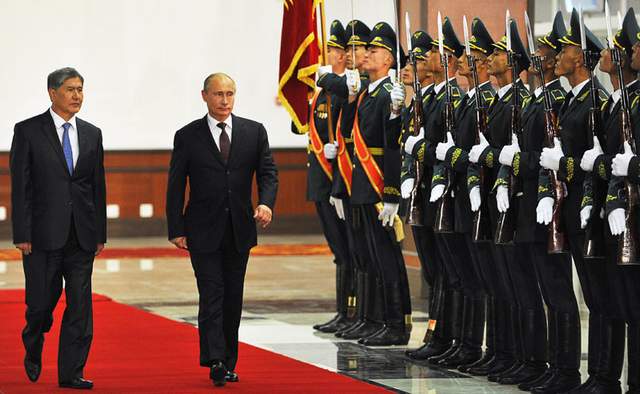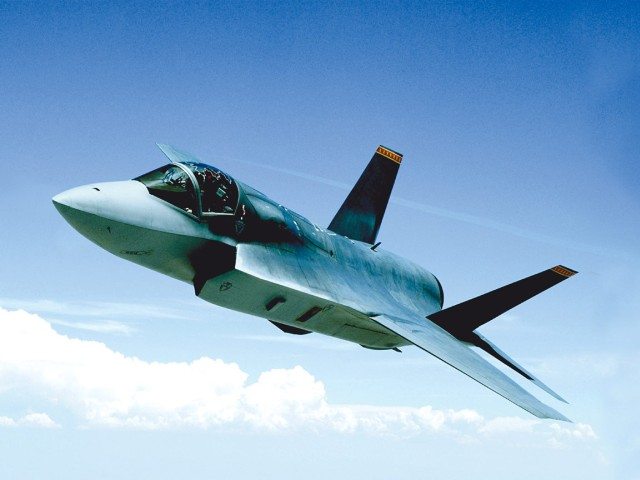In 2010 a Customs Union comprising Russia, Belarus and Kazakhstan was launched as part of a Russia-led project aimed at economic reintegration within the former Soviet space (as Russian President Vladimir Putin explained in an article published in Izvestiya in October 2011).
Evidence gathered during the short period of the Union’s existence suggests this project has been a success to date. For example, the London-based European Bank for Reconstruction and Development – a multilateral institution whose main function is to lend to the former Communist states – has concluded that its launch has led to a strong increase in mutual trade, thus helping boost economic growth in the member countries.
The drive toward deeper economic integration within the former USSR accelerated in 2012 with the formation of a Single Economic Space (SES), along with a Moscow-based Eurasian Economic Commission. Apart from the gradual reduction of trade barriers, the goal is the full liberalization of intra-SES flows of goods, capital and labor and ultimately the creation of a unified market of nearly 180 million consumers, underpinned by the tried-and-tested principles of liberal economics.
Among other measures, businesses from member countries are to enjoy equal rights within the SES, including in the bidding for government contracts. Russia’s ultimate objective is to establish a Eurasian Union (EAU) by 2015. It hopes that more countries from the former Soviet bloc will become interested in joining the group, including the second-most populous former Soviet country – Ukraine.
Unsurprisingly, Moscow’s proposals have met with alarm in some quarters in the West, especially in Washington. Last year outgoing US Secretary of State, Hillary Clinton, warned against Russia’s attempts to resurrect the Soviet Union. And senior Republican Senator John McCain is on record as saying that the EAU is “an old idea that the Russians have had dating back to the days of the tsars”.
Rejecting the charge that the Kremlin wants to revive the USSR, Putin has pointed out that his call for deeper integration “is based on new values and a new economic foundation”. He draws an analogy with the European Union, suggesting that the EAU would benefit from the positive experience of the EU, not least by adopting the latter’s regulatory and technical standards.
Thus, far from restoring the isolationist USSR, the EAU will serve as a bridge between the EU and the fast growing Asia-Pacific region. Moreover, according to Putin’s vision, it has the potential to become an integral building block of a “harmonized community of economies stretching from Lisbon to Vladivostok”.
This positive vision contrasts sharply with a recent assessment by the Washington-based Heritage Foundation of Russia’s plans for the EAU. The Foundation’s report strongly criticizes what it sees as Moscow’s attempt to restore control over the resource-rich Central Asian countries.
It argues that Russia’s chief objective is to prevent the former Soviet republics from developing deeper ties with other major players, notably China, the EU and the United States. Thus the EAU should be regarded, above all, as a retrograde, neo-imperialist project driven by Russia’s need to increase its weight in the face of unrelenting decline.
And because the Foundation sees Russia as an autocratic state, it argues that Moscow’s shenanigans in the former Soviet Union threaten to undermine regional stability, economic and political freedoms and limit countries’ sovereignty. For all these reasons, the West – and especially the United States – must actively oppose Russia’s plans, the Foundation concludes.










